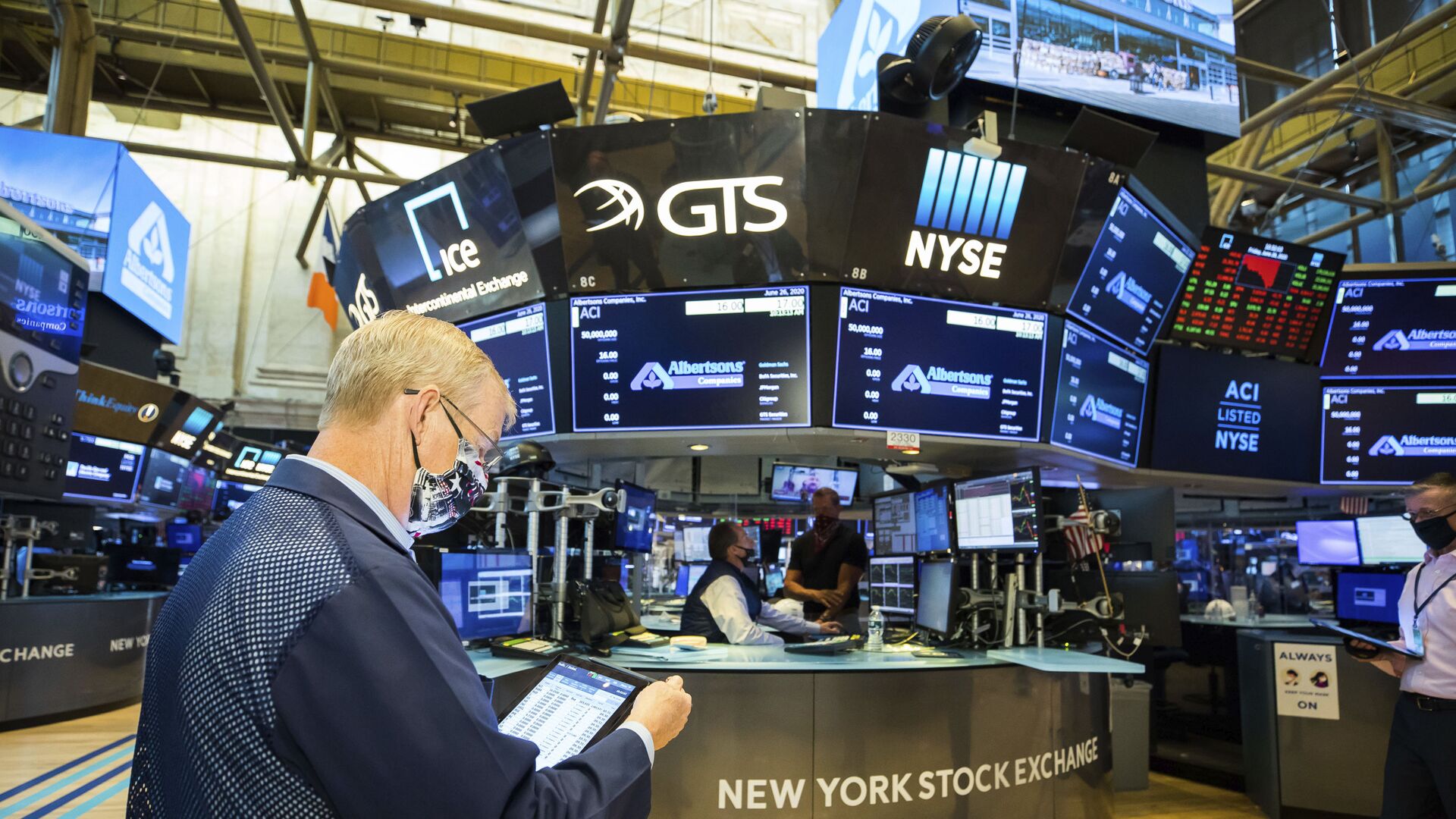Ratings Agencies Expect US to Hit Pre-Pandemic Job Levels This Summer, But Burnout Risk Increasing
23:49 GMT 02.05.2022 (Updated: 13:36 GMT 06.08.2022)

© AP Photo / New York Stock Exchange/Colin Ziemer
Subscribe
Several major credit ratings agencies have predicted the US economy will continue to expand into the summer of 2022 and will reach the number of jobs it had before the COVID-19 pandemic hit in March 2020. However, with inflation on the rise as well, a dangerous risk of economic burnout is also present.
Ratings agencies like Fitch and Moody’s have told CNN that the US labor market will have fully recaptured all jobs lost during the COVID-19 pandemic by August. At present, there are still 1.6 million fewer jobs than in February 2020, but in February 2022 alone, the US added 431,000 jobs, and a similar amount is expected in the March jobs report from the US Bureau of Labor Statistics this Friday.
However, the US unemployment rate is already at 3.6%, nearly what it was before the pandemic, reflecting the nearly 1 million deaths due to COVID-19 in the two years since.
In that halcyon pre-pandemic time, the US economy was on the tail end of 128 straight months of expansion. Washington had just signed phase 1 of a trade deal that hoped to end a multi-year trade war with China. Unemployment was at just 3.5%, property sales had recovered from a slump after the Fed cut interest rates, and workers’ real earnings were continuing to increase, if only modestly. On February 12, 2020, the Dow Jones Industrial Average index set a new record high when it closed at 29,551.42.
Still, despite the positive trends, storms were already brewing. The COVID-19 outbreak in China’s Hubei Province was at its peak, and the outbreaks in Iran and Italy were growing rapidly. In the last week of February, the US stock market had lost 12% of its value. According to the National Bureau of Economic Research, the US actually entered a recession before March started; by mid-month, the US had entered its first and most extensive COVID-19 lockdown amid the uncontrolled spread of the virus in the country, which devastated the US economy.
By the time the first quarter of 2020 was over, the US economy had lost one-fifth of its value and millions were unemployed.
According to CNN, the Fitch Ratings report warns of "acute labor shortages in many states," especially in the West and Midwest regions, which is driving wages up - something that often happens on the tail end of an economic expansionary period.
Jerome Powell, chairman of the US Federal Reserve central bank, has warned that inflation poses a major risk to economic stability and needs to be brought under control. Accordingly, the Fed is widely expected to make its biggest interest rate hike in 22 years later this week, and to continue raising interest rates through the summer to stop the dollar’s value from depreciating further.
Inflation is largely also a byproduct of the pandemic, which created new shipping expenses as container ships got clogged up in ports, port cities shuttered due to Covid outbreaks, and wholesalers competed for increasingly scarce goods. Speculation by retailers is also believed to be a factor in price increases, the telltale sign of “how far a dollar goes.” On top of those pressures, the US boycott of Russian petroleum exports has sent gas prices even higher, making shipping even more expensive.
What could unfold then is a wage-price spiral, as rising labor costs and rising prices drive each other even higher, smothering further economic expansion.
